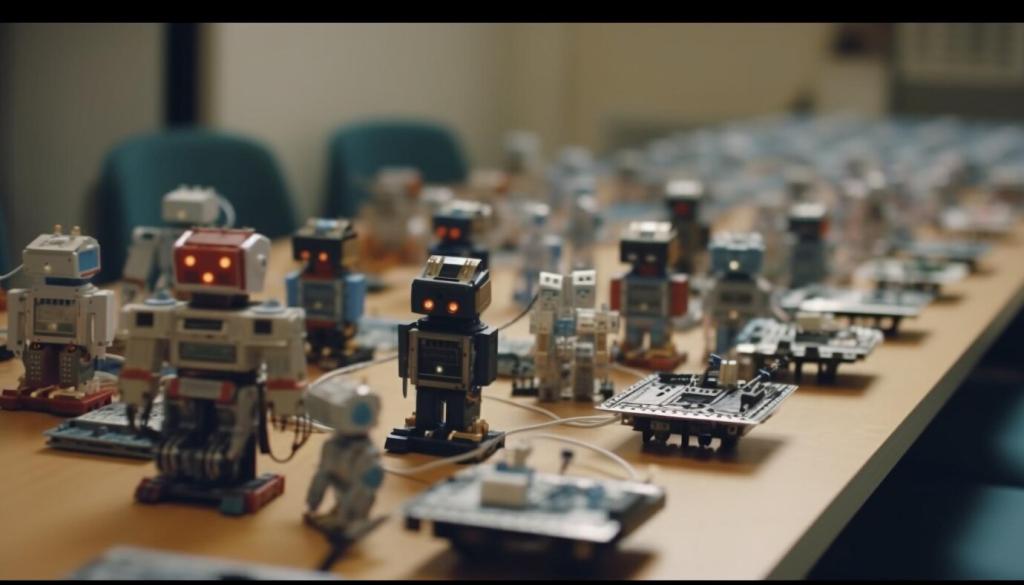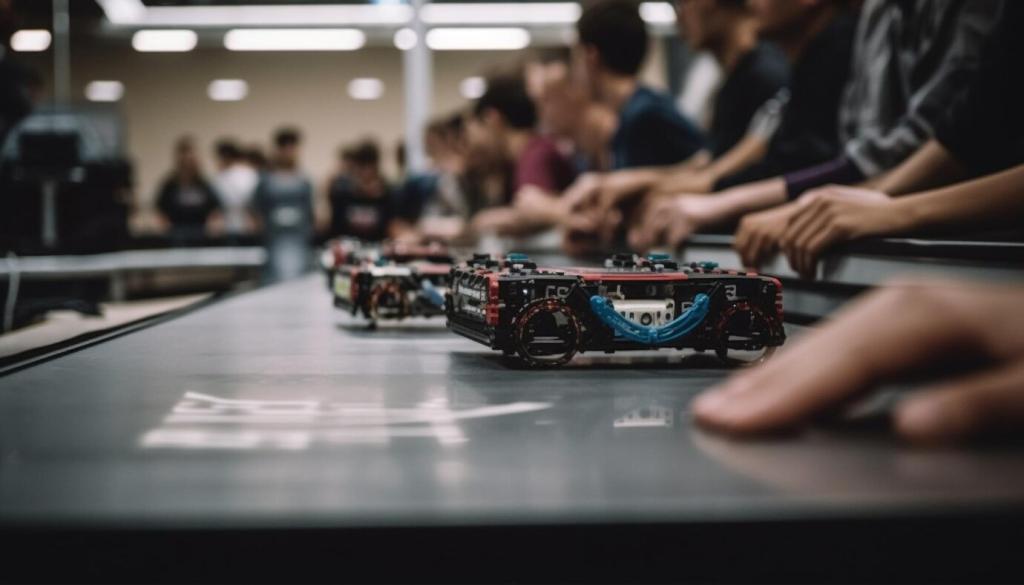Bluetooth Controlled Car
A Bluetooth controlled car is a modern marvel that merges engineering and wireless technology, allowing users to operate small vehicles remotely via a smartphone or tablet. This innovation transforms traditional radio-controlled cars by replacing outdated remotes with convenient, interactive Bluetooth interfaces. Built using simple electronic components and microcontrollers, such cars are perfect for both hobbyists and aspiring engineers. Whether for educational purposes or recreational use, a Bluetooth controlled car exemplifies how wireless communication can be integrated into everyday gadgets. The technology showcases the power and flexibility of Bluetooth modules, bringing a new level of control, customization, and fun to remote vehicle operation.
Microcontrollers and Wireless Interfaces
Software and App Integration
Communication Range and Reliability
Advantages of Bluetooth Controlled Cars

Building Your Own Bluetooth Controlled Car
Selecting Components and Materials
Circuit Design and Assembly
Programming and Testing

